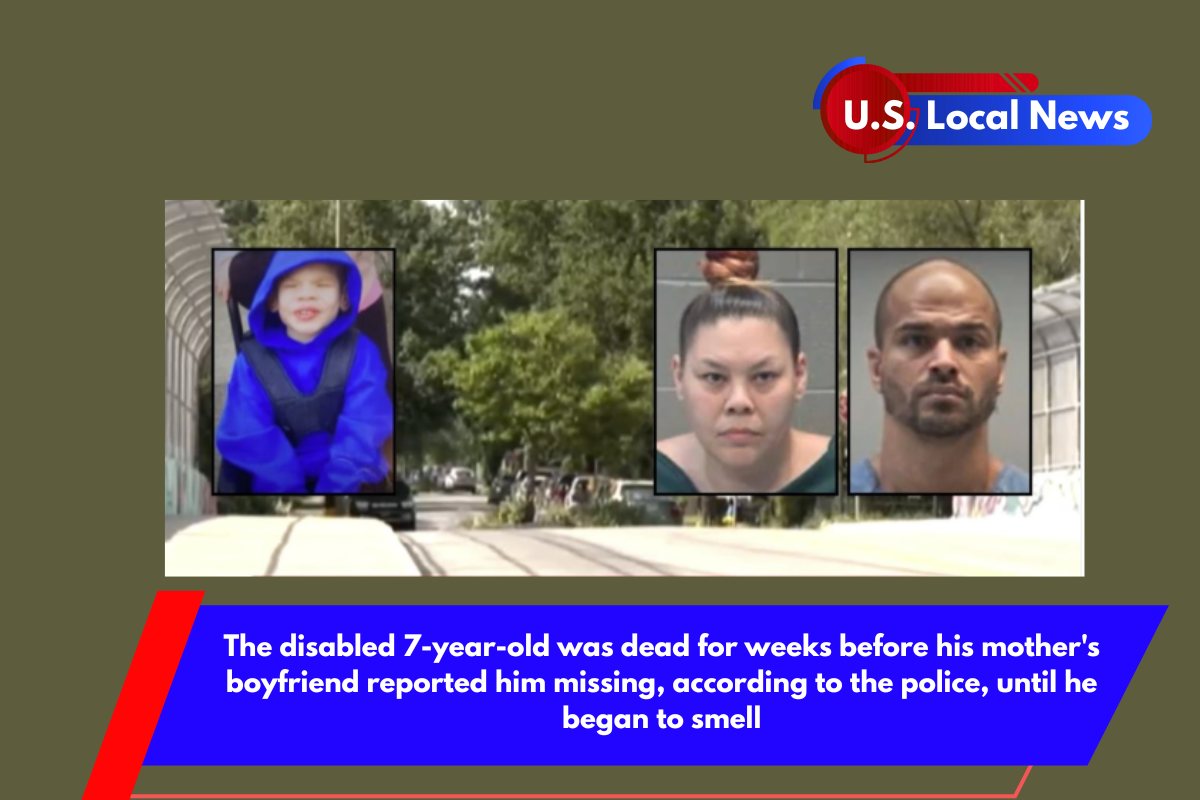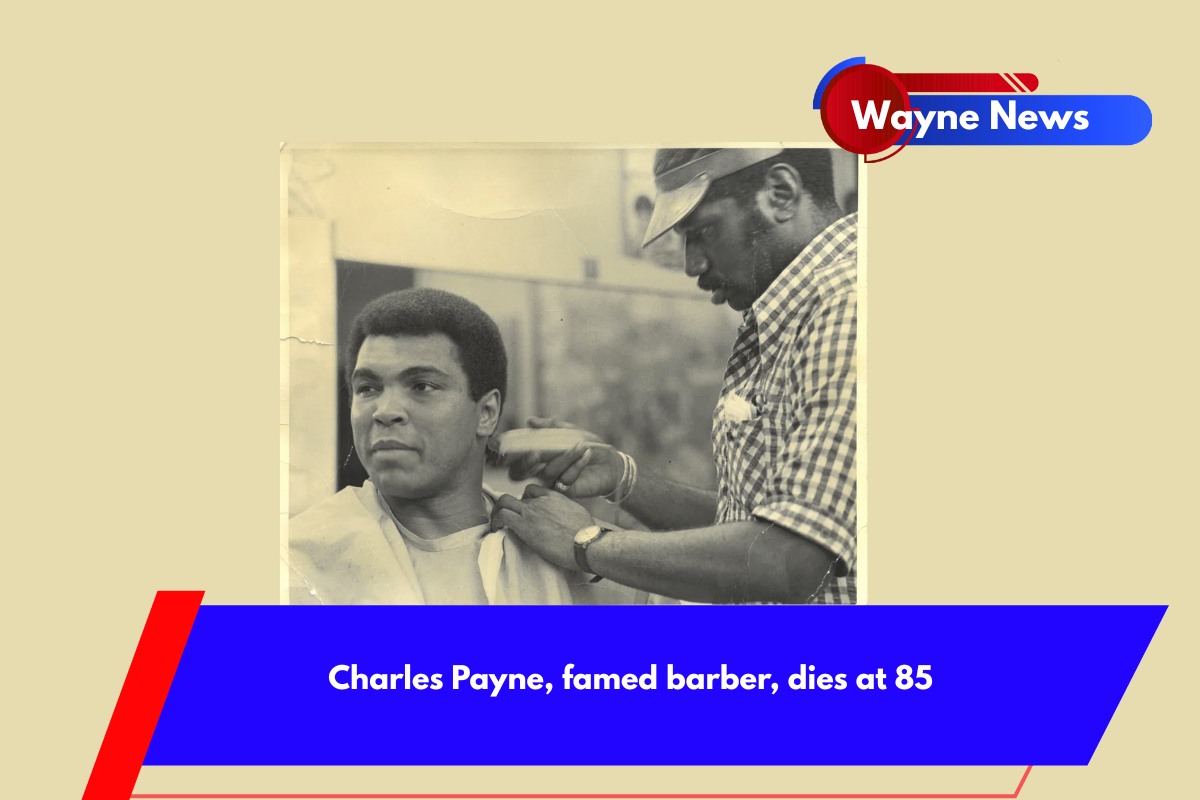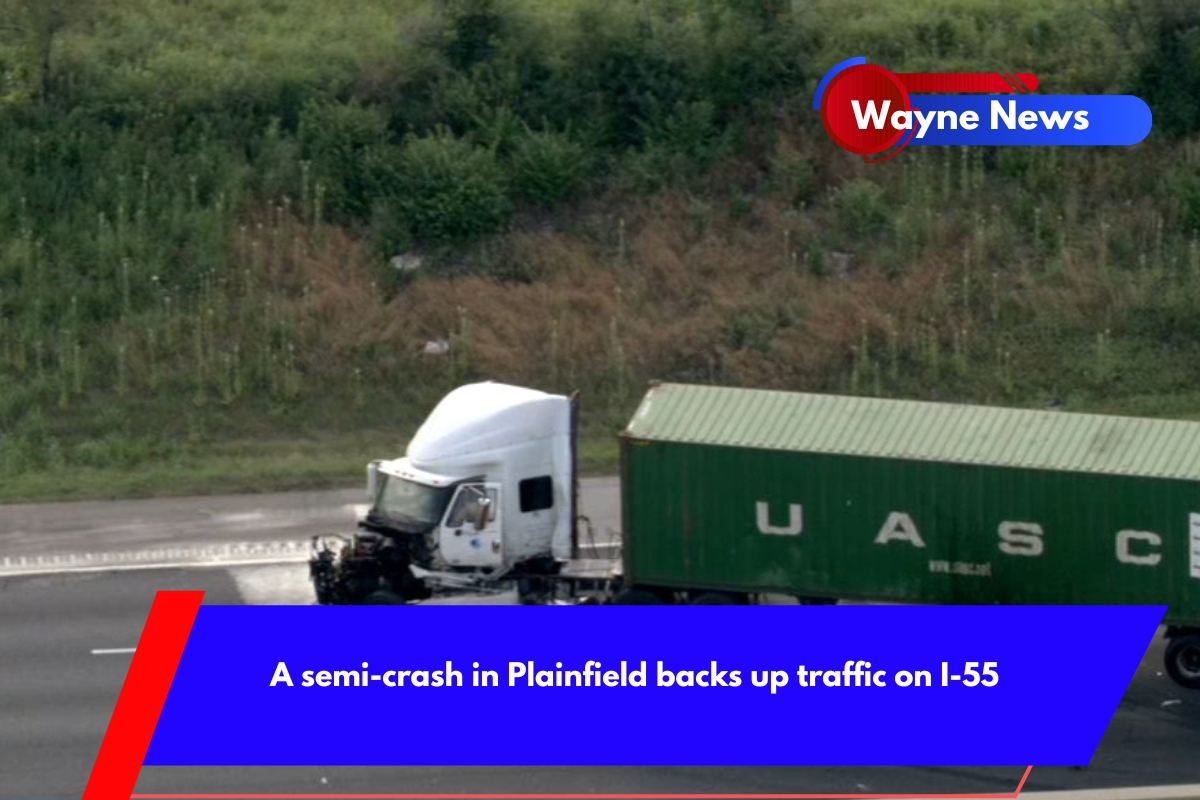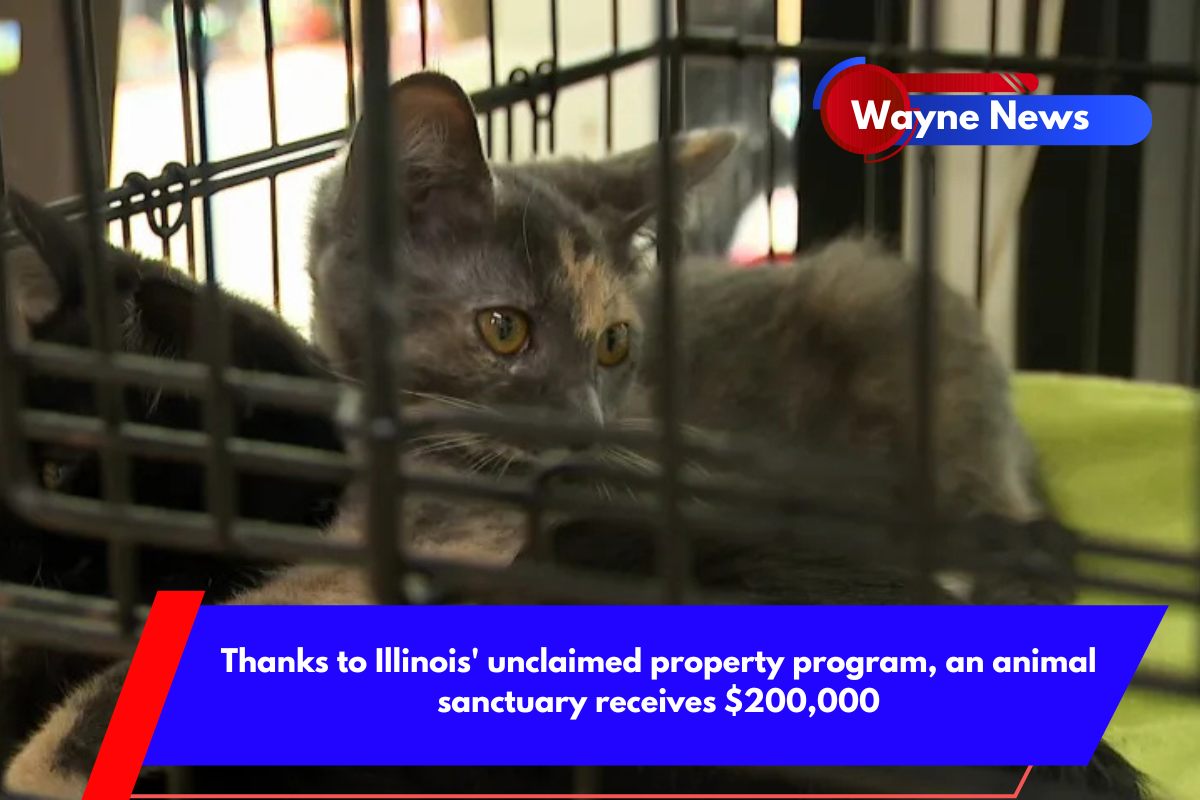What dish of food would you choose to remember yourself by? That is the question Rosie Grant has been debating for years.
Grant, 35, was pursuing her Master’s of Library Science at the University of Maryland, with a focus on digital archives, when she was offered an internship at the Congressional Cemetery archives in Washington, D.C.
Grant decided to create a TikTok account while studying social media networks, as suggested by her professor. At first, she simply shared information about the cemetery where she was working, learning more about the various ways people choose to be remembered.
This process of discovery led her to Naomi Odessa Miller Dawson’s grave in New York’s Greenwood Cemetery. To Grant’s surprise, Dawson’s gravestone featured a recipe for a spritz cookie on top.
Grant discovered the recipe while experimenting with her own cooking and decided to try it.
She documented the experience on her TikTok, which went viral. People flooded her comments and inbox, telling her how they make their late loved ones’ recipes to keep them close.
“Food has this ability to bring back the memories of ones we have lost,” Grant tells PEOPLE exclusively. While learning more about Dawson, she met people like Kay Andrews in Utah, who had a famous fudge recipe on her grave, and Maxine Menster in Iowa, who shared her special Christmas cookies.
“I was learning about gravestone recipes. I would share the process. “Eventually, families started contacting me,” she says. “Once I got to about 10 recipes, I started an archiving project, seeing where these people were buried, what they had in common.”
“With the family’s permission, I started interviewing them to get the stories of the person behind the recipe,” she tells me. “I now have about 45 recipes. I recently learned about my first European one.”
Her social media presence and word-of-mouth marketing have helped to grow the project. When people ask her about specific gravesites, she tries to contact their living relatives.
On numerous occasions, she has prepared the recipe with the family and watched as they are transported back to their loved one’s kitchen, where they can eat their meal together again, even if only in spirit.
Her project has taken the Los Angeles resident across the country. During her trip to Alaska, she discovered a no-bake recipe that required a trip to the store for shelf-stable ingredients, which was her most expensive recipe to date.
The gravestone itself includes a Tupperware container for storing cookies, allowing visitors to return a treat to the original creator and other cemetery visitors.
“I am being allowed into a little piece of their lives, where their food lives with so many more stories than just this one recipe,” Grant told me.
“It was a very special trip,” she said of her visit to Alaska. “I am so grateful to the families for allowing me to come along. The main reason many of them are allowing me to do this and bring in these experiences is that they love their person and believe in sharing the recipe with anyone who wants it.
While Grant has enjoyed every recipe she has created, she admits to making some mistakes in the kitchen, as the internet quickly pointed out. She describes her social media journey as a “humbling one.”
“I like cooking, but I like eating more,” she tells me. “Almost every single one of these recipes I made incorrectly the first time, and I would do it as if I were reading it from a gravestone. People will then tell me what I may be doing incorrectly.”
“So I will cook it repeatedly and crowdsource it from people who are teaching me how to cook something properly, which is beneficial. “I have learned a lot,” she says.
Grant’s cookbook, To Die For, will be released on October 7 and will include 40 gravestone recipes, including one she intends to place on her own final resting place.
“[It will be] clam linguine or any clam-based dish, it is a very nostalgic recipe,” she tells us. “I had it as a child. I adore the smell of it. It fits on a gravestone and is not too difficult.”
Grant also says that through this process, she is learned a lot about grief and the value of keeping memories — and food — alive.
“There are a lot of taboos around talking about with your loved ones,” she tells me. “How would you like to be remembered?” It is possible for things to change; these conversations are not necessarily final.”
“That is why I liked the idea of gravestone recipes, because it is a much easier, more lively topic,” says the woman. “It is a healthy, good thing to talk about it, even if it is uncomfortable.”
Grant acknowledges that “grief can manifest in so many different ways,” but for many people, creating recipes that remind them of their loved ones can help them “cope” with the complex emotions of love and loss.
“There is no right or wrong way to grieve, as long as it makes you feel somewhat comforted in your own different way, but it can look like a lot of different ways,” according to her.













